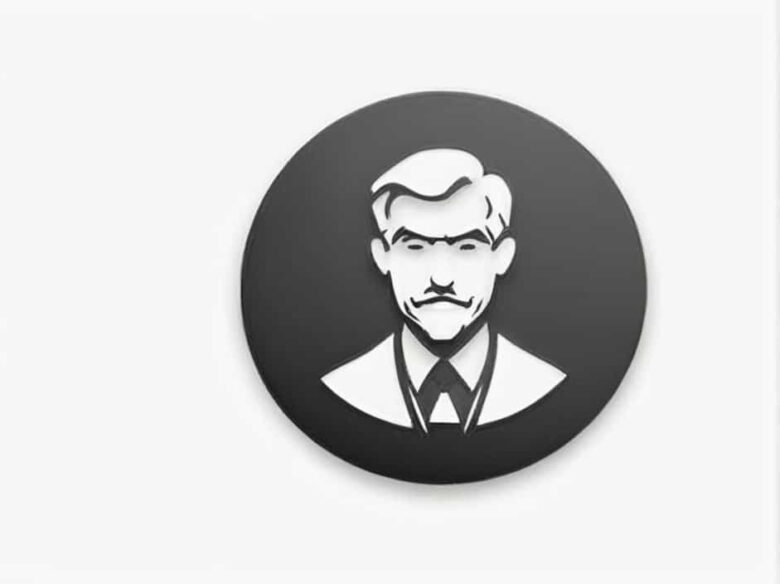The Great Depression was one of the most severe economic crises in modern history, lasting from 1929 to the late 1930s. It led to massive unemployment, financial instability, and widespread poverty. During this time, many traditional economic theories failed to provide effective solutions. However, the ideas of John Maynard Keynes, known as Keynesian economics, introduced a revolutionary approach to economic recovery.
Keynesian economics advocated for increased government spending, public investment, and demand-side policies to counteract economic downturns. But did these principles help end the Great Depression? To answer this question, we must explore Keynesian theory, its application during the crisis, and its long-term effects on economic policy.
Understanding Keynesian Economics
What Is Keynesian Economics?
Keynesian economics is based on the ideas of John Maynard Keynes, particularly those found in his 1936 book, The General Theory of Employment, Interest, and Money. Keynes argued that:
- Economic downturns occur due to a lack of demand in the economy.
- The government should increase spending and lower taxes to stimulate demand.
- Public works projects and job programs could reduce unemployment.
- A balanced budget is not always necessary during a recession: instead, deficit spending is sometimes required.
These principles challenged classical economics, which believed that markets were self-regulating and that economies would recover naturally without government intervention.
The Great Depression: A Global Economic Crisis
The Great Depression began after the 1929 stock market crash, leading to:
- Bank failures and financial panic.
- Massive unemployment, reaching 25% in the U.S.
- Deflation, where prices dropped, worsening economic stagnation.
- Decreased consumer spending, reducing business profits.
Governments initially responded with austerity measures and budget cuts, which worsened the crisis. The need for a new economic approach became evident.
How Keynesian Policies Were Applied During the Great Depression
Although Keynes published The General Theory in 1936, some of his ideas were already being implemented in response to the economic crisis. The most significant application of Keynesian principles came through President Franklin D. Roosevelts New Deal in the U.S.
The New Deal and Keynesian Economics
Roosevelts New Deal programs (19331939) reflected Keynesian ideas by increasing government spending to stimulate demand and create jobs. Some key initiatives included:
- Public Works Administration (PWA): Funded large-scale infrastructure projects, providing jobs.
- Civilian Conservation Corps (CCC): Created employment for young workers in environmental projects.
- Social Security Act (1935): Introduced pensions and unemployment benefits to stabilize income.
- Tennessee Valley Authority (TVA): Developed infrastructure and improved living conditions in rural areas.
These programs injected money into the economy, increased employment, and restored consumer confidence, aligning with Keynesian principles.
Deficit Spending: A Keynesian Strategy
Keynes argued that government borrowing and spending were necessary to boost demand during a downturn. Roosevelt initially resisted deficit spending but later increased public expenditures, leading to short-term economic improvements.
However, in 1937, Roosevelt cut spending to balance the budget, causing another recession. This proved Keyness point that reducing government spending too soon can reverse economic recovery.
The Impact of Keynesian Economics on the Great Depression
Did Keynesian Policies End the Great Depression?
Keynesian economics helped mitigate the effects of the Great Depression but did not fully end it. While the New Deal reduced unemployment and improved economic conditions, the full recovery did not occur until World War II.
World War II and Keynesian Economics
The war required massive government spending, including:
- Military production and industrial expansion.
- Millions of new jobs, drastically reducing unemployment.
- High consumer demand, fueled by wartime production.
This surge in government-driven economic activity aligned with Keynesian principles and ultimately ended the Depression.
Keynesianisms Long-Term Influence
Despite not fully ending the Great Depression, Keynesian economics reshaped economic policy worldwide. Governments began to recognize the importance of:
- Active fiscal policies, including public spending and taxation strategies.
- Government intervention in stabilizing economies.
- Social safety nets, such as unemployment benefits and welfare programs.
The success of Keynesian policies during World War II and the post-war economic boom reinforced their credibility.
Criticisms and Limitations of Keynesian Economics
While Keynesian economics helped during the Great Depression, it faced criticism, including:
1. Rising Government Debt
Critics argued that deficit spending increased national debt, creating long-term financial risks. However, Keynes believed debt was justified if it stimulated economic growth.
2. Delayed Impact
Keynesian policies take time to implement. Large-scale public works projects require planning, resources, and administration, delaying their economic benefits.
3. Inflation Risks
Excessive government spending can lead to inflation, reducing the purchasing power of money. Some economists feared that Keynesian policies could overheat the economy.
4. Dependence on Government Intervention
Classical economists argued that constant government intervention disrupts free markets and could lead to inefficiencies. They believed economies should self-correct over time.
Despite these criticisms, Keynesian economics remained a dominant force in economic policymaking throughout the 20th century.
Keynesian Economics in Modern Times
The 2008 Financial Crisis
During the 2008 global financial crisis, governments again turned to Keynesian economics. Countries like the United States, China, and the European Union adopted stimulus packages, bailouts, and infrastructure spending to revive economic growth.
The COVID-19 Pandemic and Keynesian Policies
The COVID-19 recession saw governments worldwide implement Keynesian-style economic relief:
- Direct stimulus payments to citizens to boost consumer spending.
- Business support programs to prevent mass unemployment.
- Increased public health funding to stabilize economies.
These interventions reflected Keyness belief that government action is crucial in times of crisis.
Keynesian economics played a significant role in mitigating the effects of the Great Depression by advocating government spending, job creation, and demand-side policies. While the New Deal improved economic conditions, it was World War IIs massive government expenditures that fully ended the crisis.
Despite criticisms, Keynesian principles reshaped modern economic policy and continue to influence responses to recessions and financial crises today. The lessons from Keynesian economics remain relevant, proving that strategic government intervention can stabilize economies and prevent prolonged downturns.



